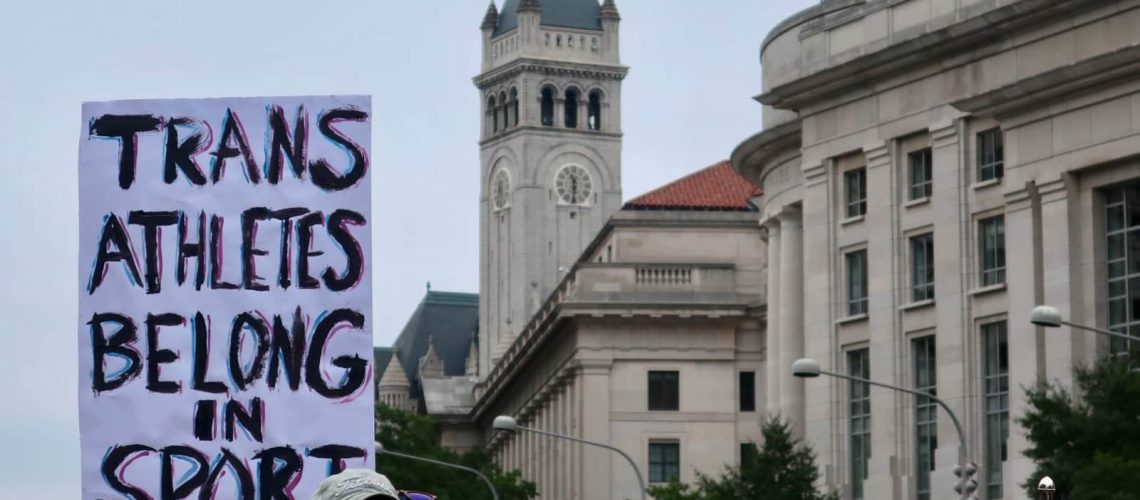How fair is gender testing in sports? From Olympic boxing rings to track fields, this heated debate touches on privacy, ethics, and science. But why does it matter, and who gets hurt?
1. Spotlight on Olympic Boxing
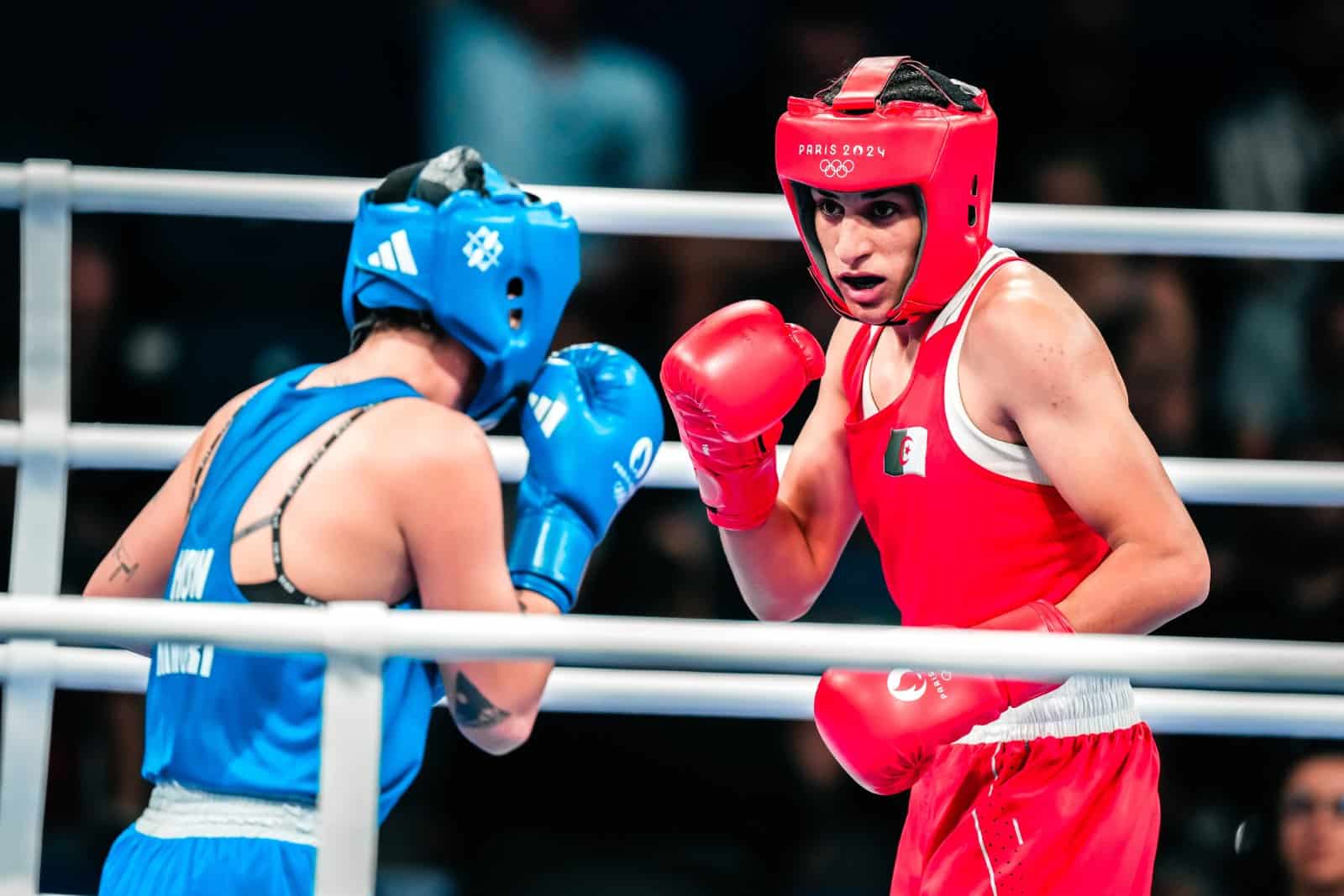
The recent Olympic boxing match between Imane Khelif and Angela Carini catapulted gender testing into the headlines. When Khelif, previously barred due to a failed gender test, won after just 46 seconds, it reignited discussions on fairness and the criteria used for gender eligibility in sports.
2. What Are Gender Eligibility Tests?
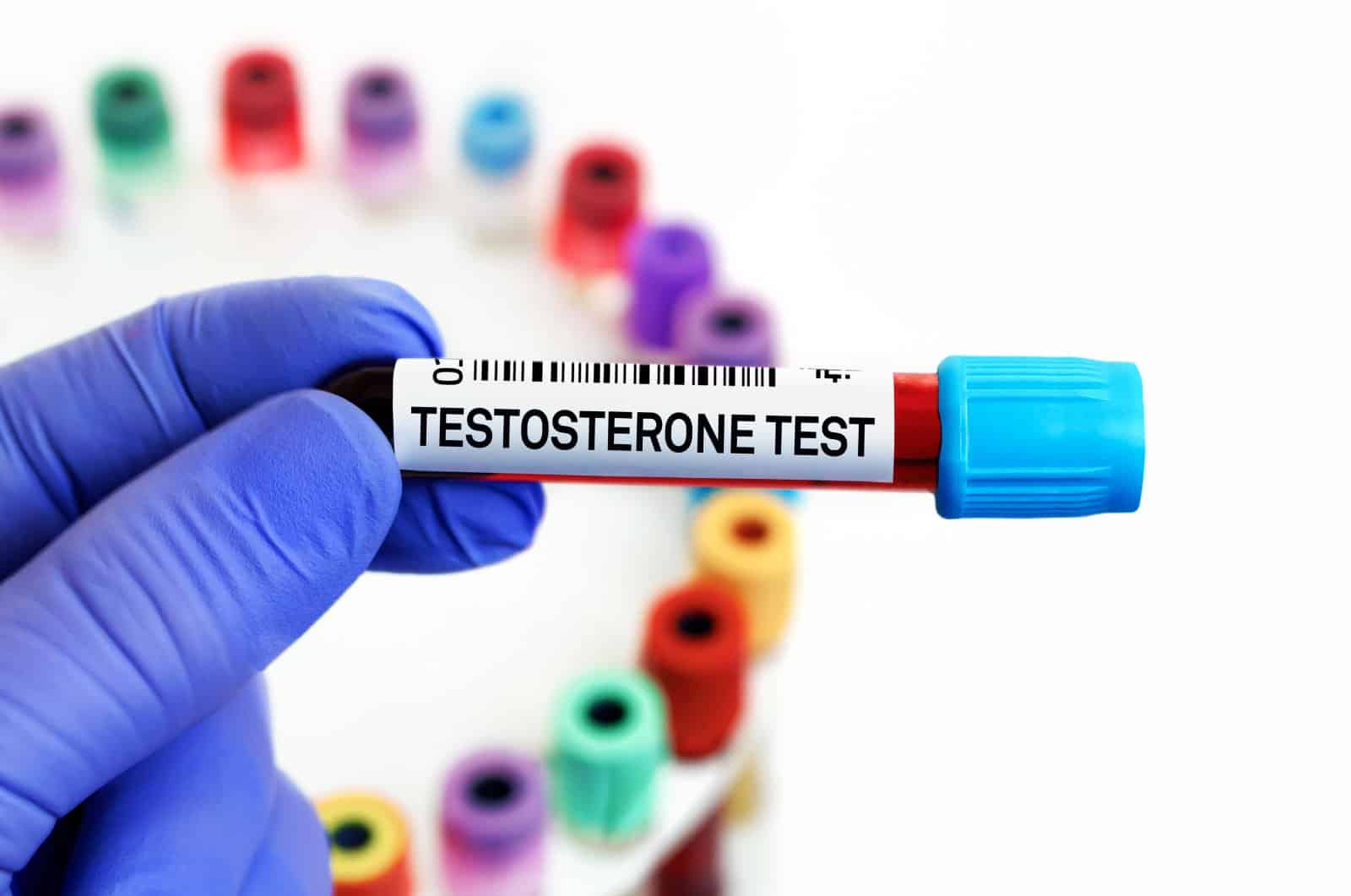
These tests determine if an athlete can compete in women’s events but often focus narrowly on biological markers like testosterone levels. Critics argue these tests ignore the complex nature of gender, which can’t be neatly categorized by chromosomes or hormone levels alone.
3. The Controversy of High Testosterone

Athletes with naturally high testosterone, often due to conditions like PCOS, find themselves disqualified. This was the case for Dutee Chand, whose career was jeopardized until she challenged the regulations at the Court of Arbitration for Sport.
4. The Intersex Athlete Dilemma

Intersex athletes, who may have physical characteristics typical of both sexes, face invasive scrutiny. South African runner Caster Semenya’s battle with athletics authorities over her right to compete has put a spotlight on these challenges.
5. Transparency Issues

Athletes often enter tests without full clarity on what’s being checked or the consequences. This lack of transparency was painfully evident when Annet Negesa underwent surgery without fully understanding the implications.
6. Career Make or Break

For many, these tests are more than a hurdle; they’re a career breaker. Athletes who fail can lose scholarships, sponsorships, and their place on the team, all without recourse.
7. Legal Battles and Human Rights

Is gender testing legal? Or ethical? Many argue it breaches international human rights norms by discriminating based on gender and invading bodily privacy.
8. Flawed Science

The scientific foundation for gender testing is shaky. Experts like Dr. Katrina Karkazis have criticized these policies for not considering the natural biological diversity of humans.
9. Inconsistency Across Borders
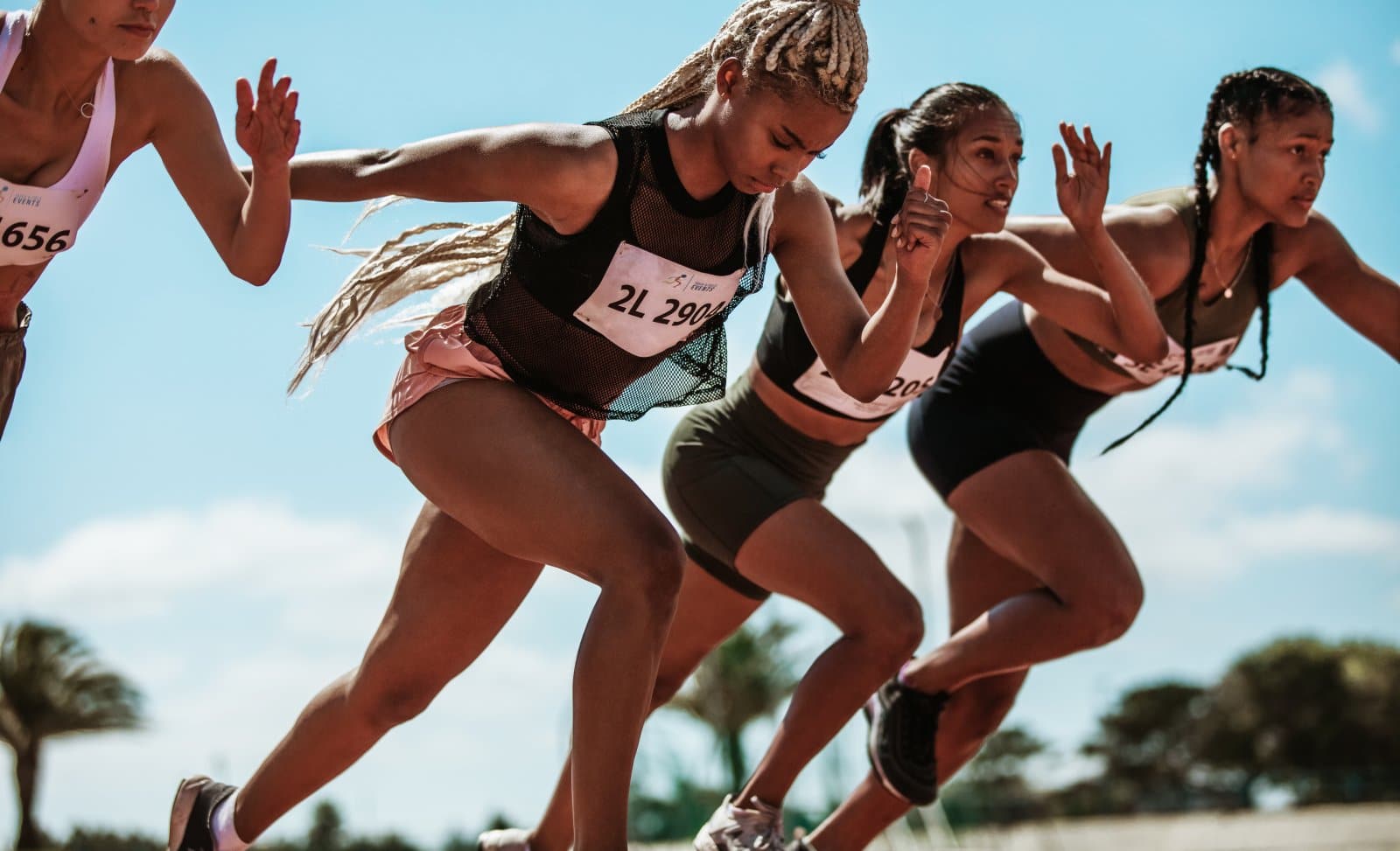
Standards for gender testing vary wildly between different sports and countries, leading to a confusing patchwork of regulations that athletes must navigate.
10. The Mental Toll
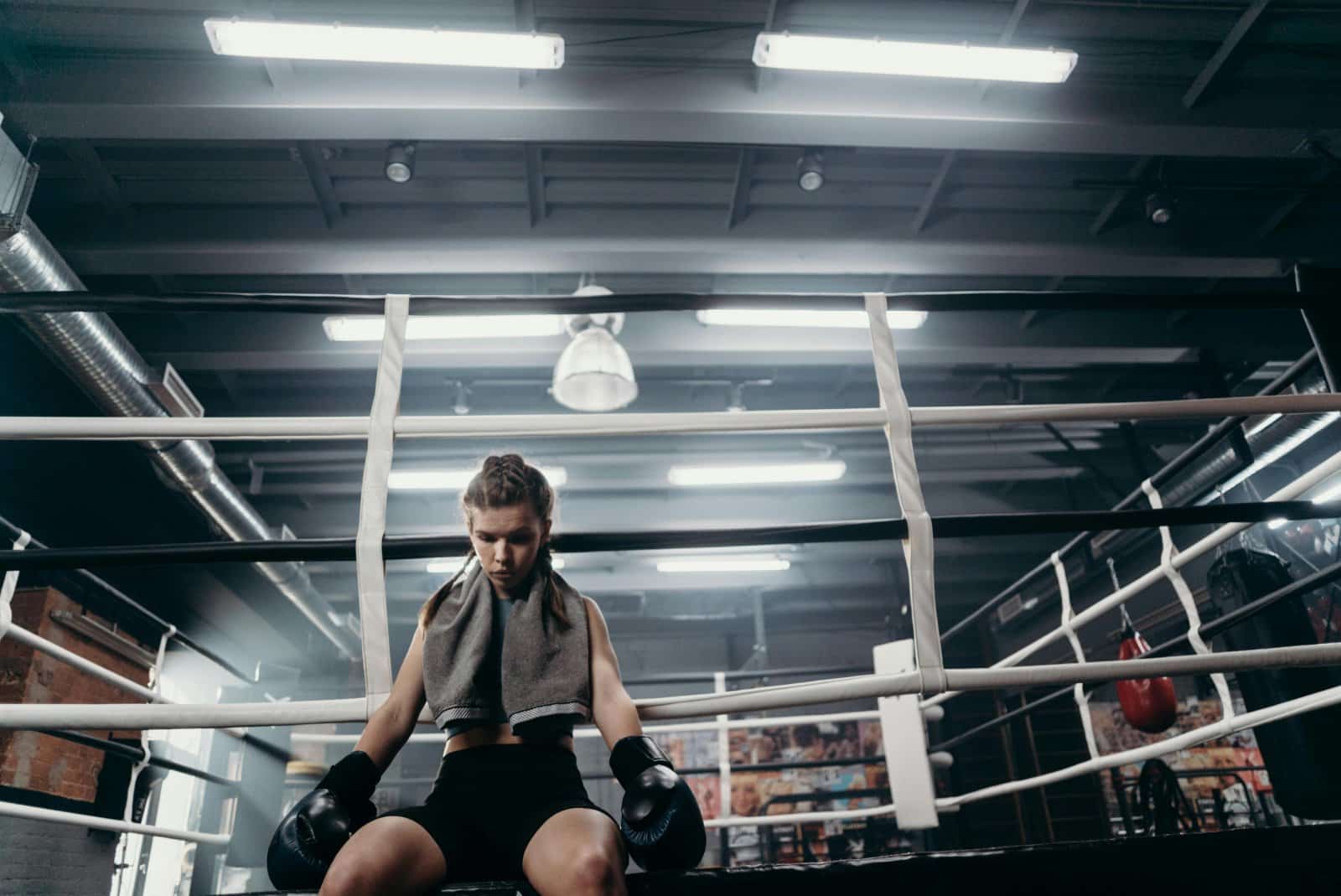
Imagine training your whole life, only to be sidelined by a test that questions your gender identity. The psychological impact is profound, leading to anxiety, depression, and a sense of betrayal.
11. Spotlight on Policy Makers
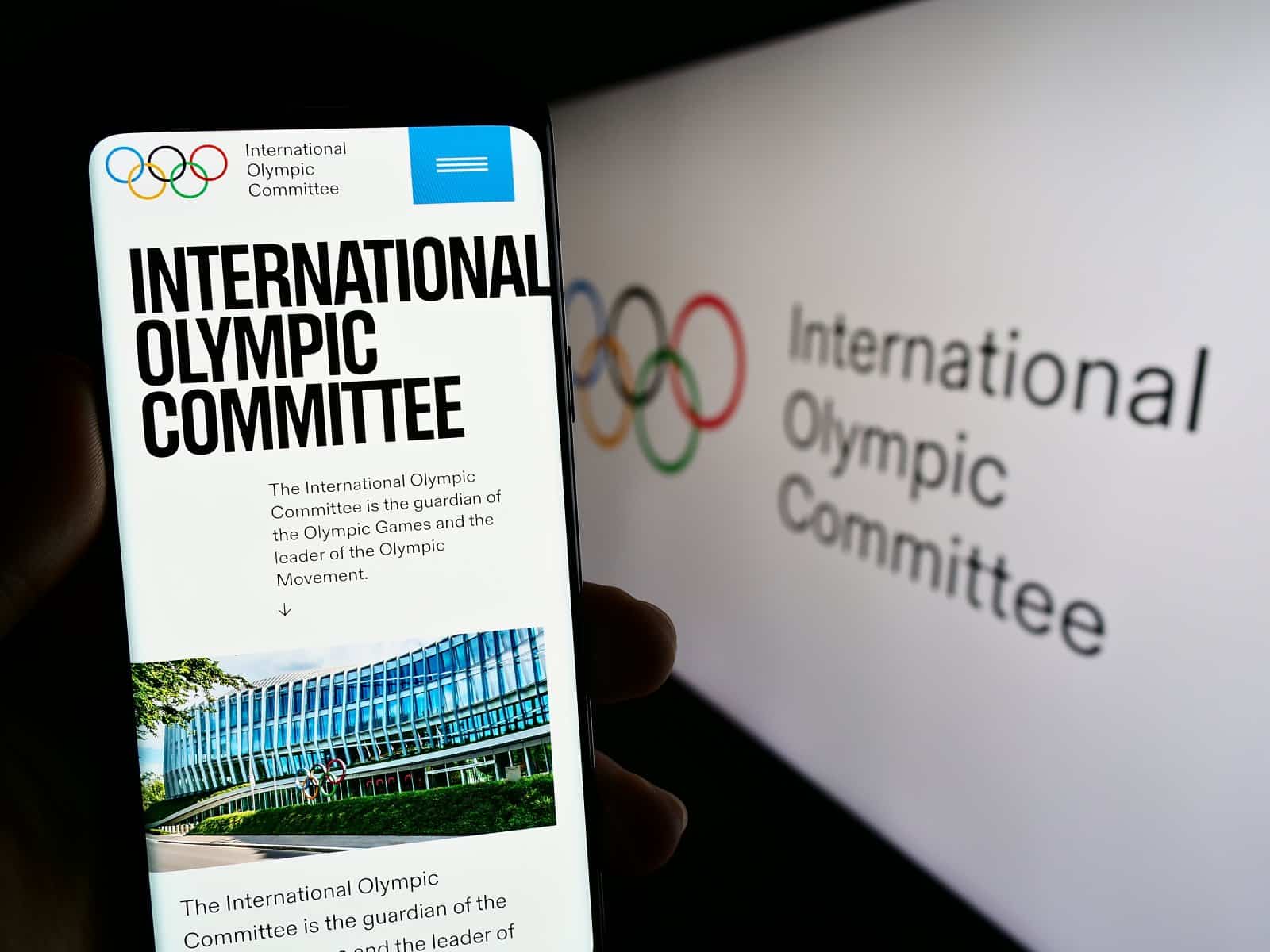
Who makes these rules? Often, it’s governing bodies like the International Olympic Committee (IOC) and the World Athletics whose decisions impact athletes’ lives deeply but aren’t always made with clear scientific backing.
12. Media’s Role

The media plays a double-edged sword—raising awareness but sometimes sensationalizing athletes’ private lives. Stories like those of Khelif and Semenya often become public spectacles, complicating their personal and professional lives.
13. Calls For Change
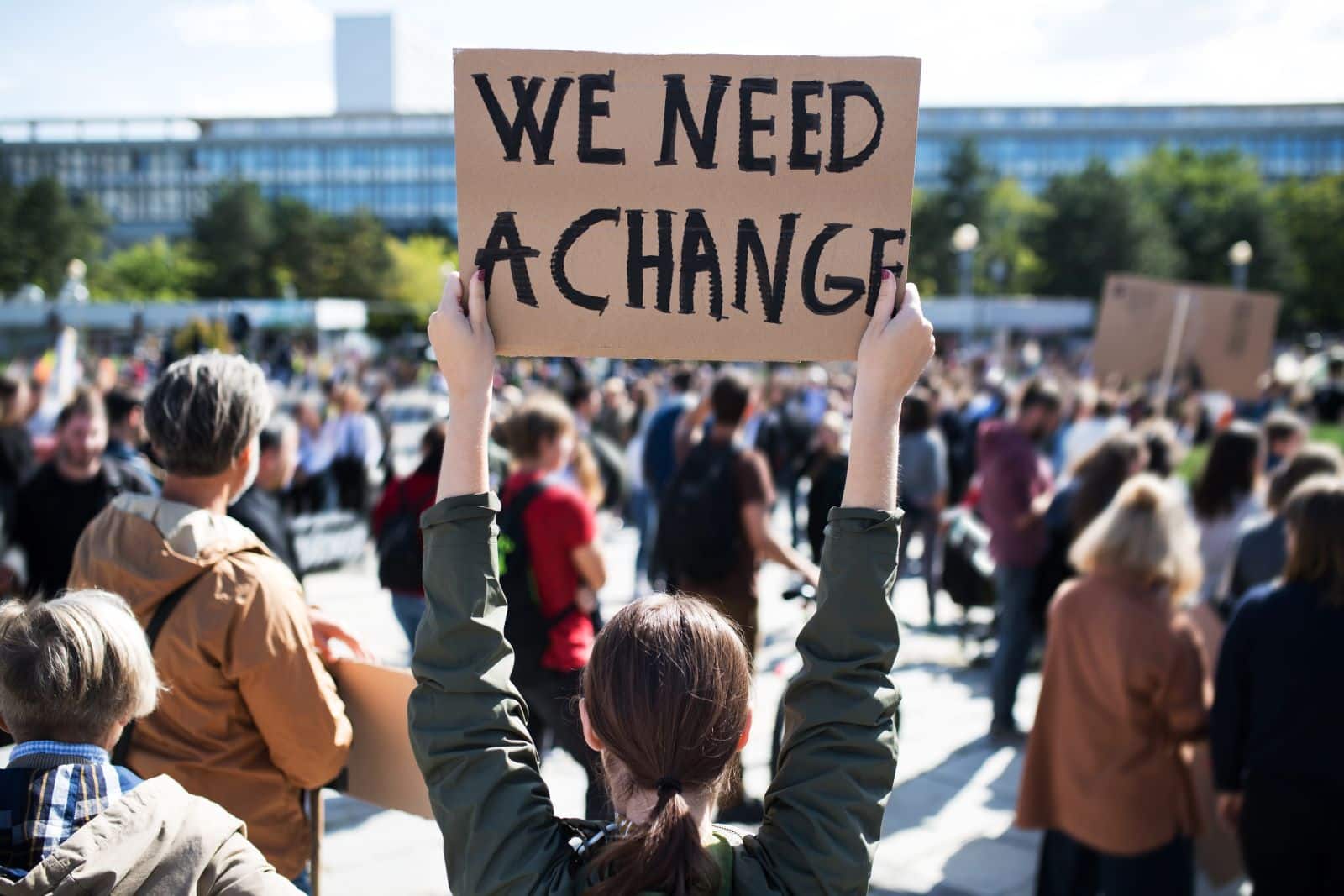
From athletes to activists, there’s a growing demand for sports governing bodies to reform gender testing policies. These voices call for more inclusive, less invasive practices that respect athletes’ rights and identities.
14. Technological Advances

As science progresses, new methods for understanding human biology could reform how gender is perceived in sports. This might lead to fairer, more accurate testing methods.
15. Educational Outreach

There’s a push for better education on gender diversity both in and out of sports, aiming to reduce stigma and increase understanding among athletes, officials, and fans.
16. The Future of Female Athletes

What does the future hold for women in sports? The ongoing debate over gender testing could redefine what it means to compete as a woman at the highest levels.
17. Advocacy and Support Networks

Support networks and advocacy groups are crucial. They provide legal, medical, and psychological support to athletes navigating gender testing, helping them fight for their right to compete.
18. The Role of Sponsors

Corporate sponsors are starting to weigh in, with some advocating for athletes’ rights and others pulling back, wary of controversy. Their role could significantly influence the direction of policies.
19. Global Perspectives
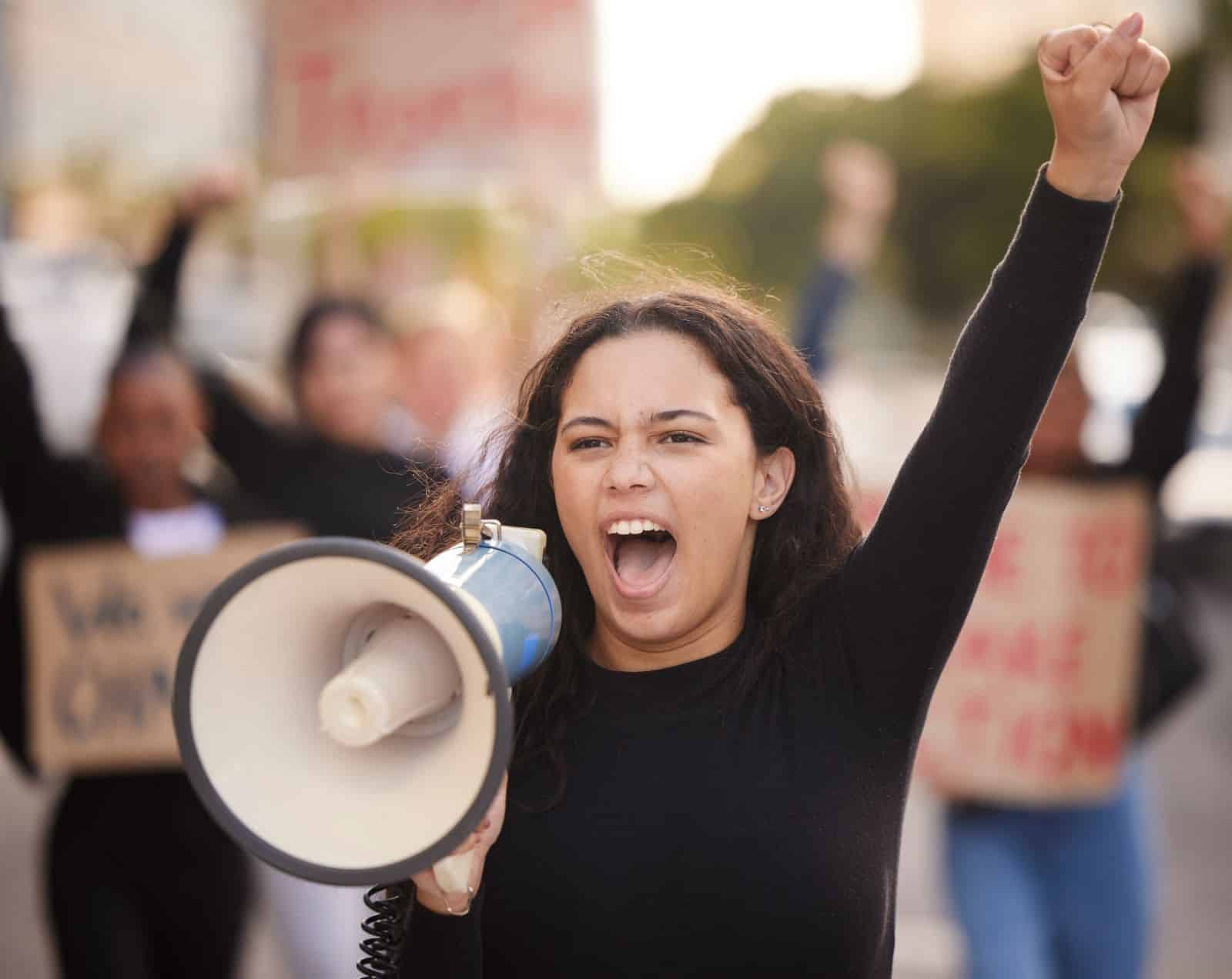
How is gender testing viewed worldwide? Cultural differences impact how these policies are received and challenged globally.
20. Personal Stories of Resilience
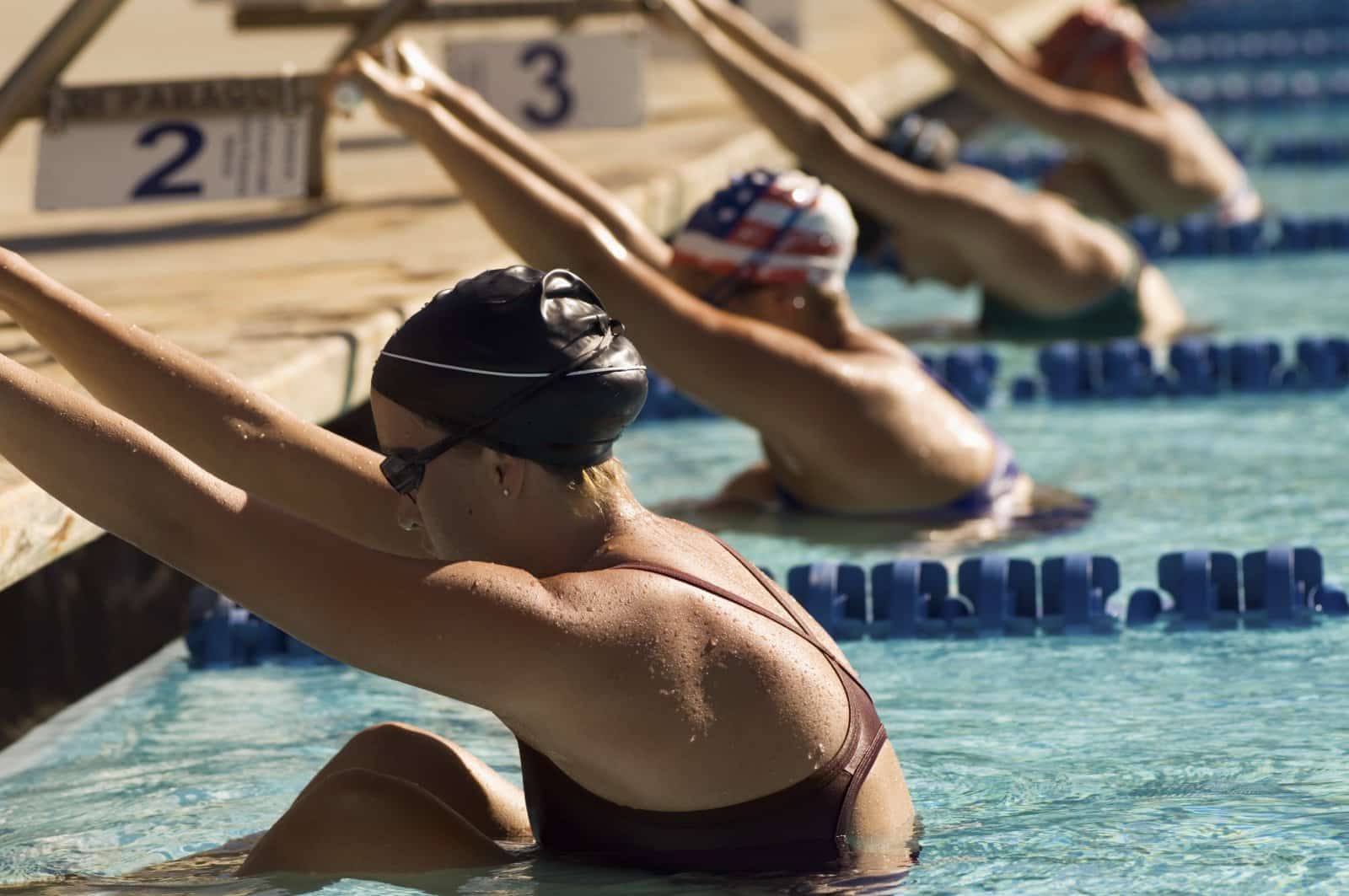
Athletes like Negesa and Semenya aren’t just competitors; they’re individuals fighting for their right to race. Their stories of resilience are inspiring calls to action.
21. What’s Next?

As the world becomes more aware and accepting of gender diversity, will sports keep up, or will they remain battlegrounds for gender identity?
Looking Ahead: Will Fairness Prevail?
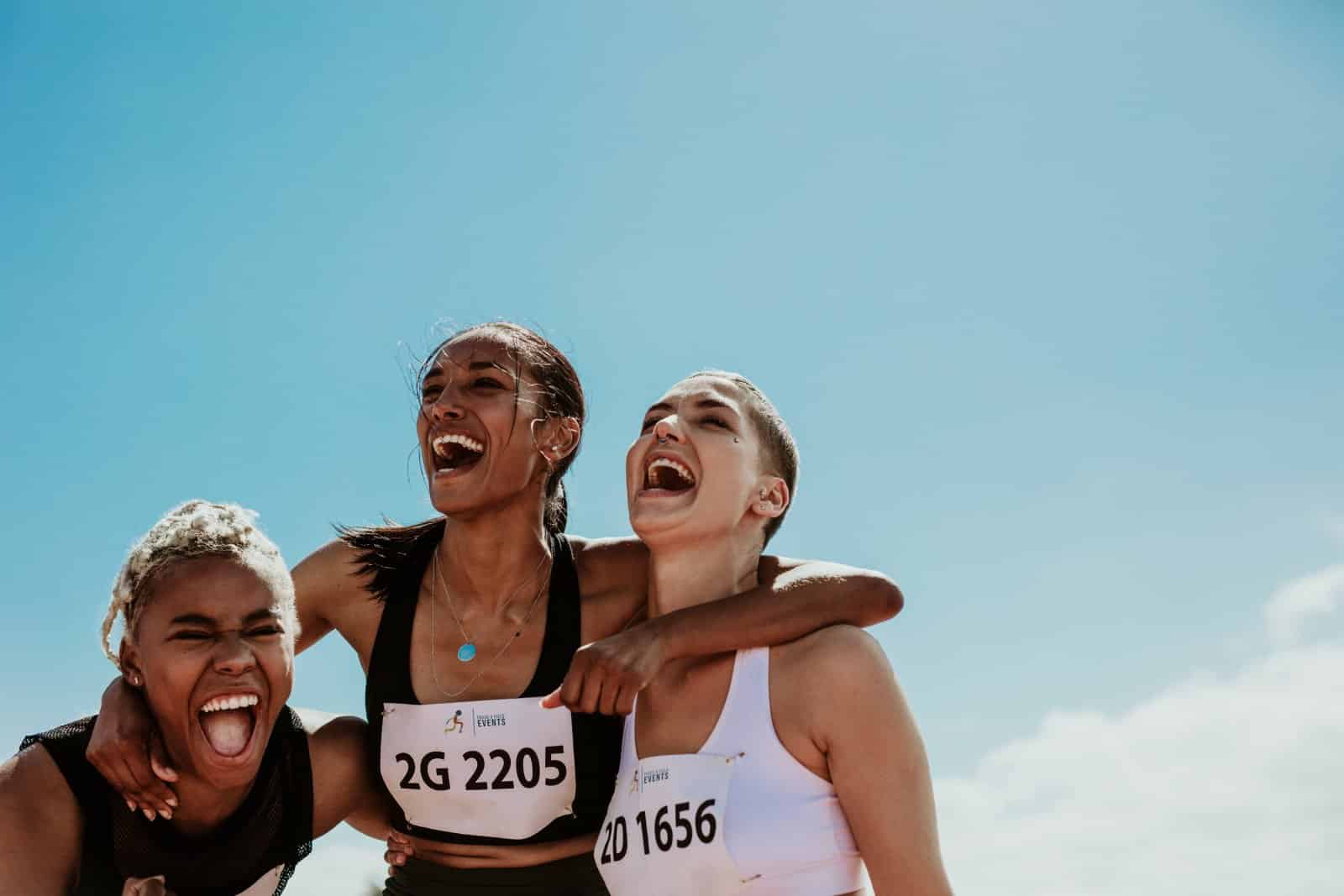
As controversies swirl and debates rage, the question remains: Can the sports world adapt to ensure true fairness? And what does fairness really look like?
21 Beliefs About the Bible That Are Actually False

The Bible is one of the most discussed and debated books in history, yet many common beliefs about it are more myth than fact. How many of these misconceptions have you heard before? 21 Beliefs About the Bible That Are Actually False
21 Subtle Racisms That Are Commonplace in America
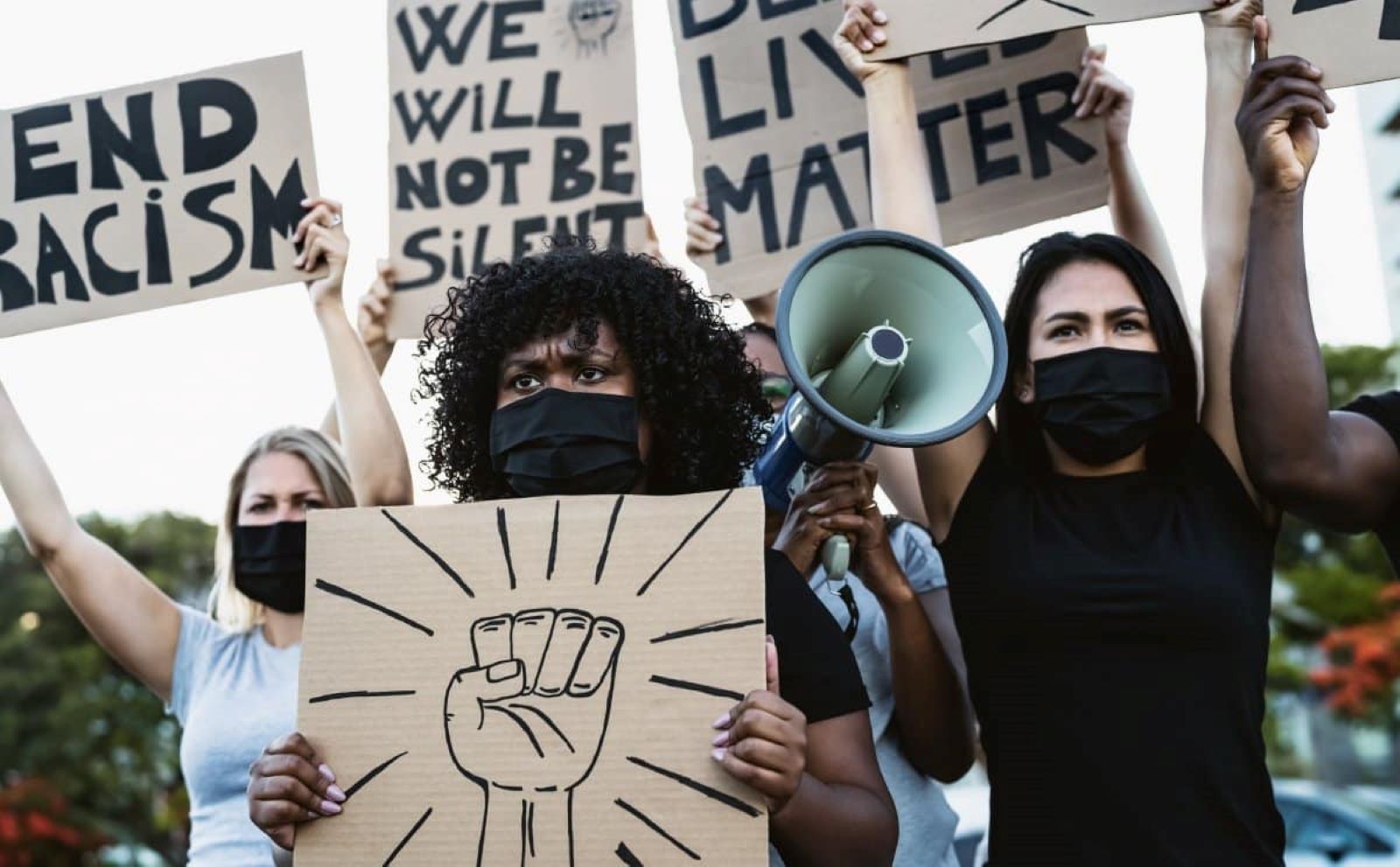
Racism in America isn’t always overt; it often hides in plain sight through subtle actions and attitudes. How many of these subtle racisms have you noticed around you? 21 Subtle Racisms That Are Commonplace in America
Only Legal in America: 21 Things You CAN’T Do in the Rest of the World
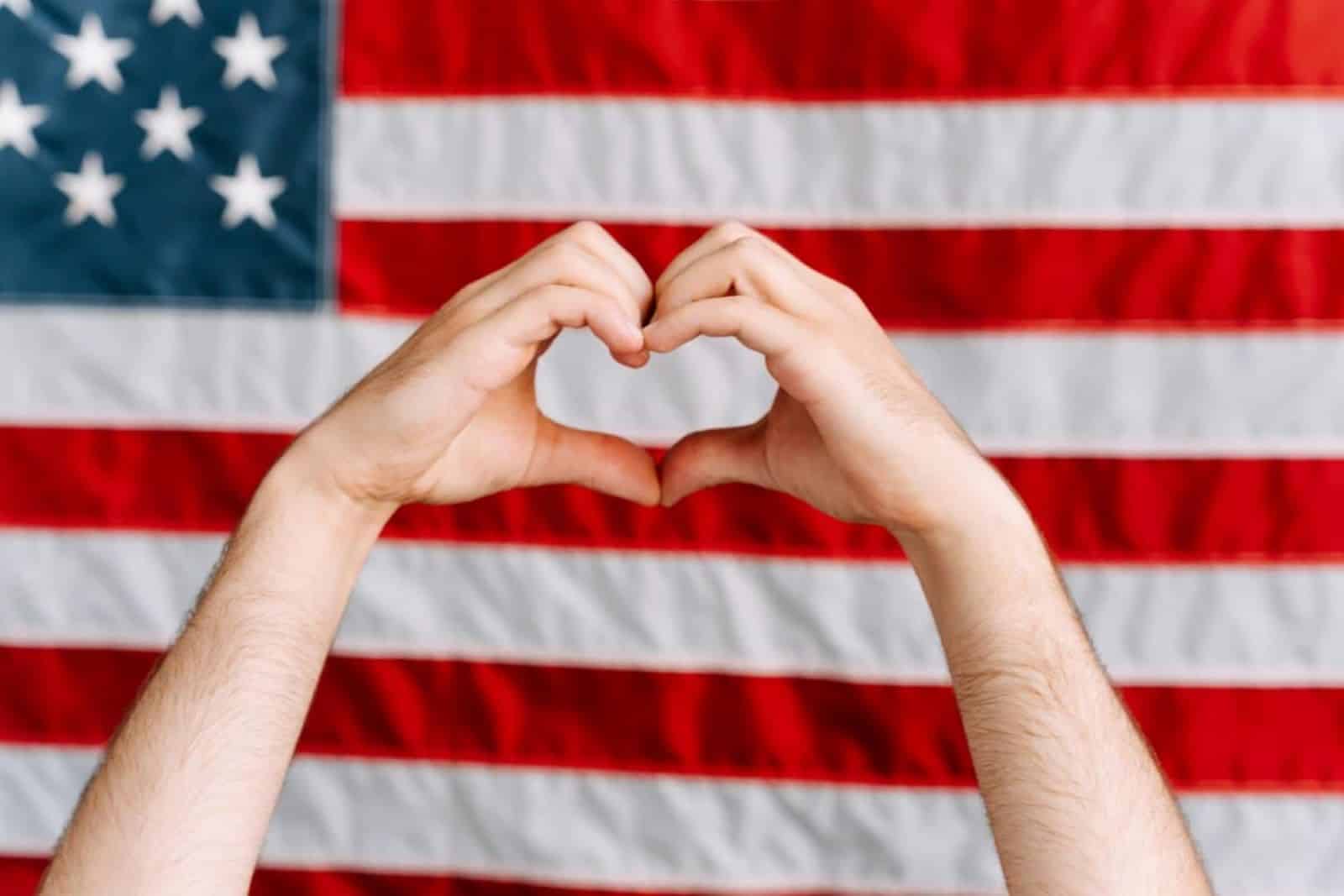
The U.S. dances to its own beat, especially when it comes to laws that make the rest of the world do a double-take. Here’s a lineup of things that scream “Only in America,” sticking strictly to what’s written in the law books. Ready for a tour through the American legal landscape that’ll leave you wondering if freedom might just be a bit too free? Only Legal in America: 21 Things You CAN’T Do in the Rest of the World
Featured Image Credit: Shutterstock / ProPhoto1234.
For transparency, this content was partly developed with AI assistance and carefully curated by an experienced editor to be informative and ensure accuracy.

